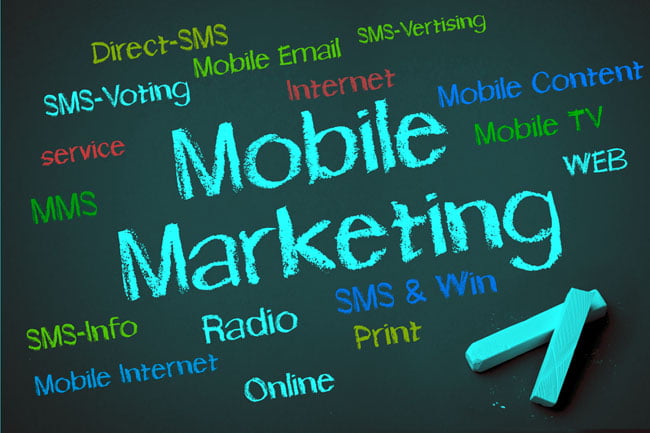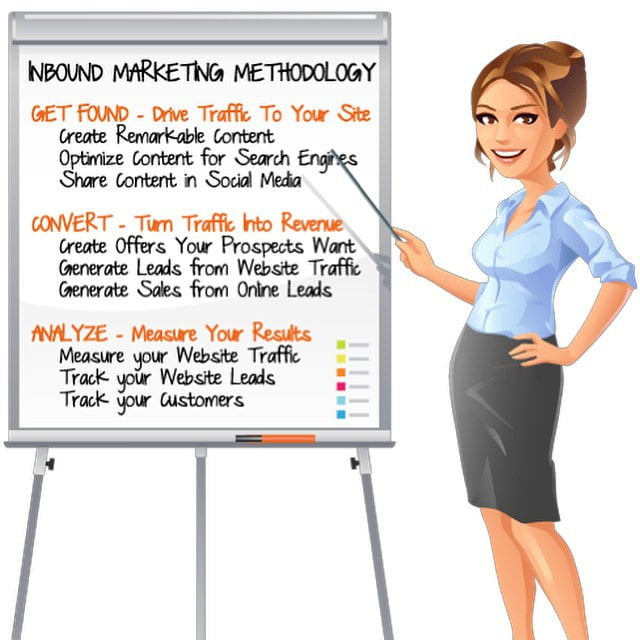For most small businesses marketing is either a huge expense or a huge burden. If you are trying to run a small business, or if you are an entrepreneur trying to navigate your way online, the word marketing is kind of a scary one.
You envision yourself or your team spending hours and hours blogging, or creating content on social networks with no guarantee that your time investment will pay off. Or you pay someone through the nose to handle your marketing, not really sure if that investment will work out any better than doing it in-house.
This might be a bit of an exaggeration, but unfortunately, it is the reality that far too many start-ups and existing small businesses face. Here are some excellent tools that you probably have not heard of, that can help ease your burden. Do not worry, relief is on the way.
Markethive – this is a totally free social network for entrepreneurs and small businesses. This network can help you, even if you don't have your own website. If you do have your own website, it can work hand in hand for even better results.
It would take an entire blog post to describe everything that Markethive can do for you, but let's just start with their blogging platform. Simply put I get 10X the post views on Markethive compared to the views I get on LinkedIn Pulse.
Markethive is an engaged social network. This is quite a surprising comparison, despite the fact that I have 10k 1st level connections on LinkedIn, and only 500 friends in Markethive. As they say, go figure!
LeadOutcome — you may or may not be aware that LinkedIn is one of the few social networks that allows the export of names and email addresses. Your entire database of 1st level connections on LinkedIn whether you have 500, 2500, or 25,000 1st level connections, can be exported and sent email using automated marketing methods. This is obviously extremely significant for marketers.
I am not a big fan of autoresponders, or email blasters, as I like to call them. Aside from telling you the open rates and clickthrough rates of email, they really do little else.
No autoresponder I know of can tell you who is "hot", and who is not. There are a number of specialized features that CRM software systems like LeadOutcome offer, but the fact the each action a lead takes is "scored" makes a huge difference.
You now know who is "hot", and who is not. There are a number of additional features of LeadOutcome that make it highly desirable, but given that it's monthly cost is less than most autoresponders makes it a relative no-brainer.
Simple Lead Generator for Facebook and Twitter. Without listing all of the features and benefits, (see the video link for details), this powerful software lets you search for and find groups automatically by keyword search.
You can post automatically to groups, and also to your friends on Facebook. You can also auto-follow on Twitter and auto-like tweets in order to encourage people to follow you back. This can save hours and hours of your time if you are active on either Facebook or Twitter.
Group Messenger for LinkedIn. (see the video link for details) This software allows you to market automatically on LinkedIn. No need for manual messages one by one anymore.
You can auto-invite based on keyword searches and auto-invite group members for groups of which you are a member. You can email open networkers over and above the LinkedIn limits for invitations within LinkedIn.
Of course, you will find quite a large number of rather expensive systems for inbound marketing that will schedule and organize your content, etc. etc. Despite the advantages of these systems, you will find most if not all of what they do in Markethive at no charge.
An essential component of any inbound marketing strategy, or what I like to call automated marketing is about how to gain access to prospects. There are always restrictions to the manual methods social networks offer to contact, message, and connect with friends and potential prospects.
The above-mentioned automated software systems allow you the access that you need in order to market effectively on these major social networking platforms.
You will not find a more powerful or lower-cost suite of tools for inbound marketing on any other list on the Internet that is current for 2016 than this one.
Please connect with me on LinkedIn at https://www.linkedin.com/in/leadsonline or call 973-259-6055 for more information.
Related articles
Alan Zibluk Markethive Founding Member





















